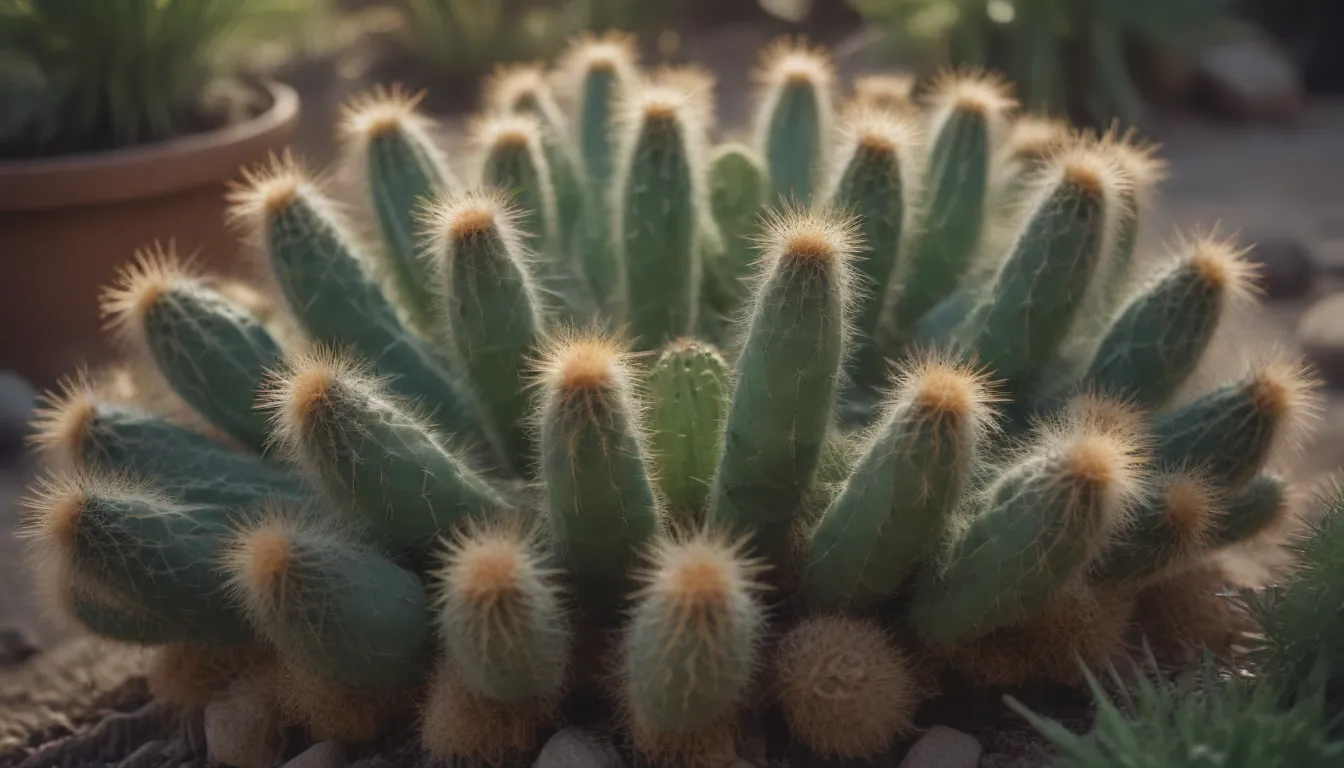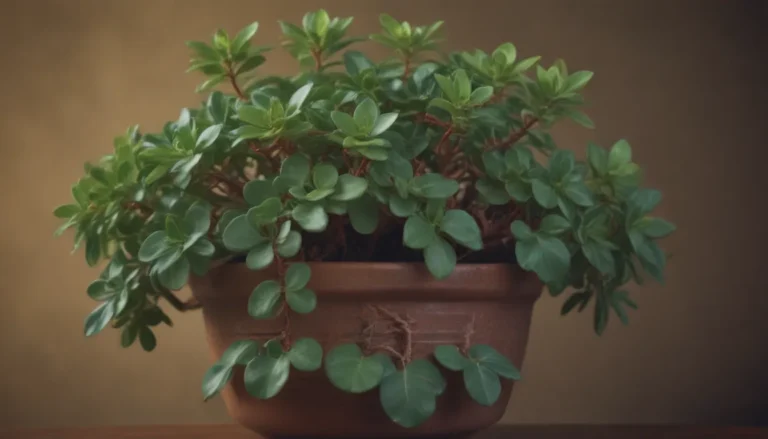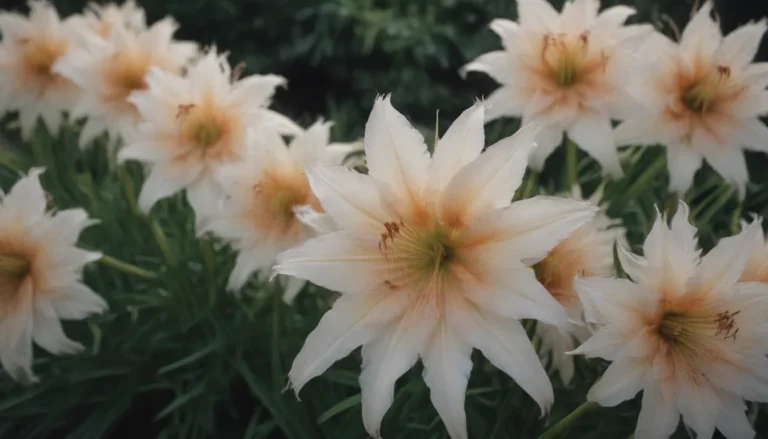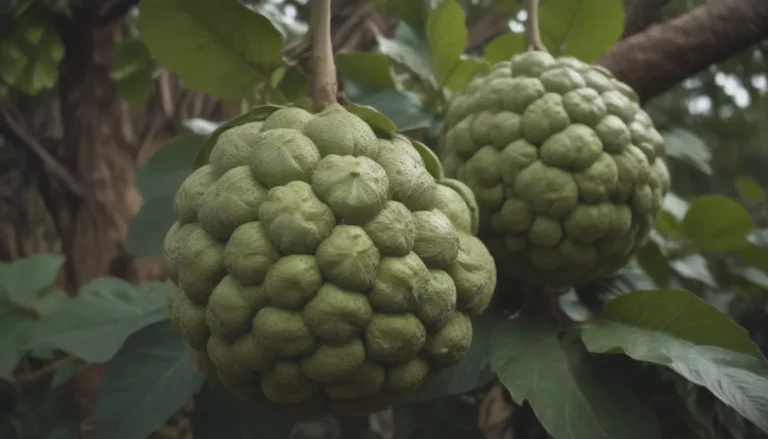Transforming Your Home Garden: A Complete Guide on Growing & Caring for Fishbone Cactus

Are you a plant enthusiast looking to add a unique touch to your indoor garden? If so, the fishbone cactus (Disocactus anguliger) is the perfect plant for you! This tropical, epiphytic plant hailing from Mexico is a must-have for any cactus lover who wants to veer away from the typical desert cacti. With its angular toothed stems and vibrant foliage, the fishbone cactus is also known as the zig-zag cactus, ricrac cactus, and the orchid cactus. Whether you’re a seasoned plant parent or a newbie looking to expand your indoor garden, this comprehensive care guide will help you successfully grow and care for your fishbone cactus.
Discovering the Beauty of Fishbone Cactus
Before diving into the care guide, let’s explore what makes the fishbone cactus truly special. This unique plant thrives in humid conditions and doesn’t require direct sunlight, making it an ideal choice for indoor spaces with limited natural light. The fishbone cactus’s distinctive foliage will surely add a touch of exotic beauty to your home, especially when displayed in a hanging pot or planter.
Fishbone Cactus Care Guide
Caring for your fishbone cactus is a rewarding experience that doesn’t have to be complicated. Follow these essential care tips to ensure your plant thrives and flourishes:
Light
In its natural habitat, the fishbone cactus grows under the canopy of trees, receiving dappled, indirect light. When grown indoors, place your cactus in a location that receives several hours of bright, indirect light to keep it healthy and thriving.
Soil
Choose a well-draining potting mix that is airy and rich in organic matter for your fishbone cactus. A mixture of commercial cactus/succulent soil, perlite, peat moss, and orchid bark will provide the ideal conditions for your plant to thrive.
Water
Unlike desert cacti, the fishbone cactus appreciates regular watering. Water your cactus once the top 2-3 inches of soil have dried out, and avoid using water that is too cold or contains chemicals. If your tap water is hard, consider using distilled water or letting it sit out for 24 hours before watering.
Temperature and Humidity
Maintain warm, humid conditions for your fishbone cactus, with temperatures ranging between 60 to 78 degrees Fahrenheit and humidity levels above 60 percent. Mimicking its native jungle environment will help your plant grow healthy and strong.
Fertilizer
Fertilize your fishbone cactus with a liquid cactus/succulent fertilizer in early spring to support its growth. If your potting mix contains organic matter, such as peat moss or orchid bark, your cactus should not need additional fertilizing throughout the year.
Pruning and Propagation Tips
While fishbone cacti do not require frequent pruning, occasional trimming can help maintain their appearance. You can propagate your fishbone cactus through stem cuttings to create new plants and expand your indoor garden. Avoid propagating during the fall or winter, as your plant enters dormancy during this period.
Dealing with Pests and Diseases
Due to its preference for humid conditions, the fishbone cactus is susceptible to common pests such as mealybugs, fungus gnats, and aphids, as well as diseases like root rot and fungal leaf spots. Regular monitoring and proper care can help prevent and manage these issues effectively.
Encouraging Blooms in Your Fishbone Cactus
If you’re eager to see your fishbone cactus bloom, follow these tips to encourage flowering:
- Bloom Months: Fishbone cactus typically blooms in late summer and fall.
- Flower Appearance: Enjoy trumpet-shaped flowers in shades of yellow, pink, or green.
- Blooming Tips: Expose your cactus to cold temperatures in winter to early spring, and consider fertilizing with a high-potassium fertilizer in the summer to promote blooming.
Common Problems and Solutions
Maintaining your fishbone cactus healthy and vibrant is easy with proper care. Here are some common issues you may encounter and how to address them:
- Leggy Growth: If your cactus stems are thin and round, it may need more light. Move it closer to a window to encourage healthy growth.
- Brown Spots on Leaves: Excessive humidity or water on leaves can lead to fungal leaf spots. Trim affected areas to prevent the spread of the fungus.
- Wrinkled Leaves: Wrinkled leaves indicate a need for more water. Ensure proper watering to revive your plant and keep it thriving.
Conclusion
In conclusion, the fishbone cactus is a unique and captivating plant that can enhance the beauty of any indoor garden. By following the care guide provided here, you can cultivate a thriving fishbone cactus that will bring joy and greenery to your home. Remember, each plant is unique, so observe your cactus closely and adjust care as needed to ensure its health and vibrancy. Happy gardening!





